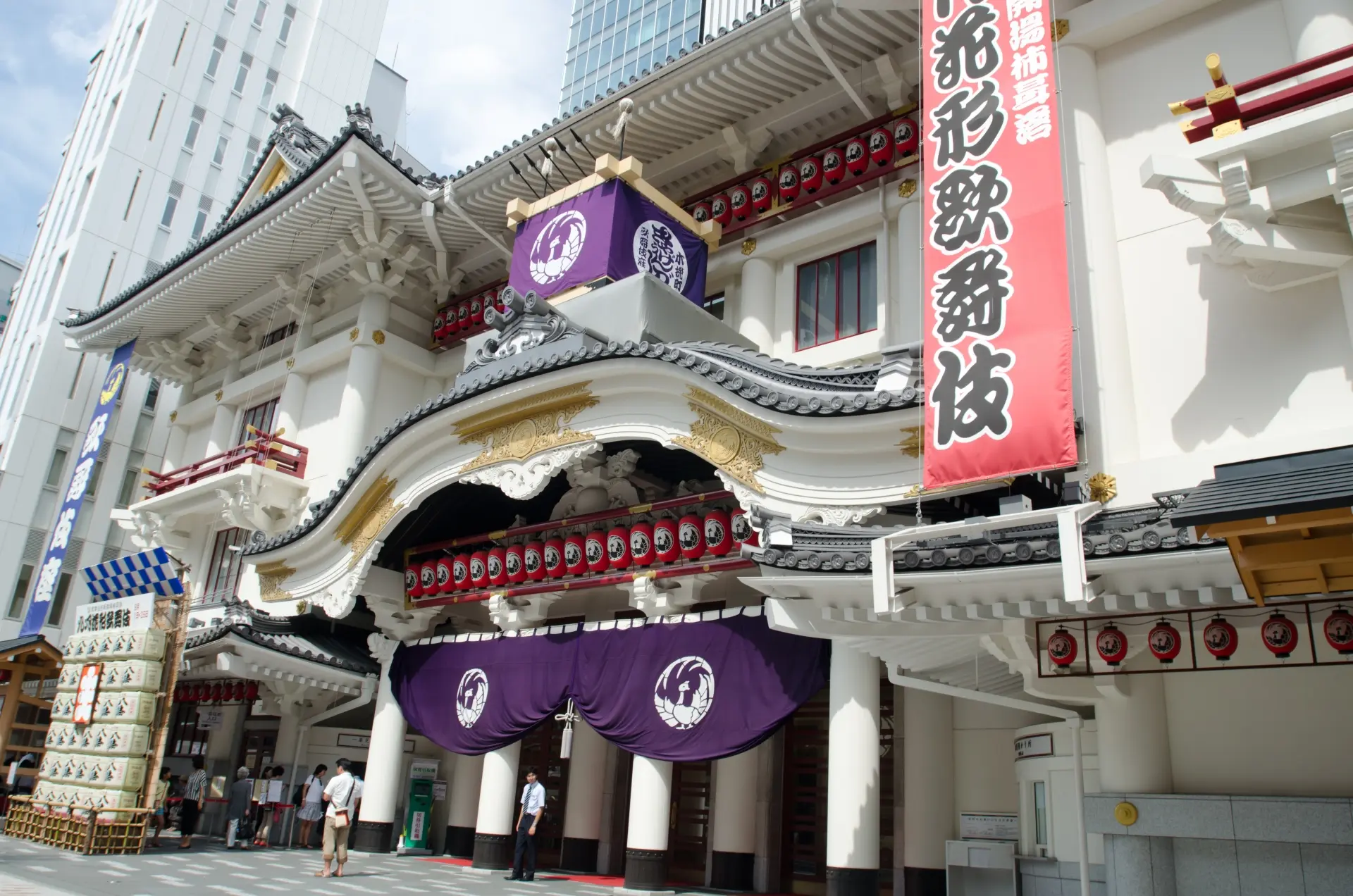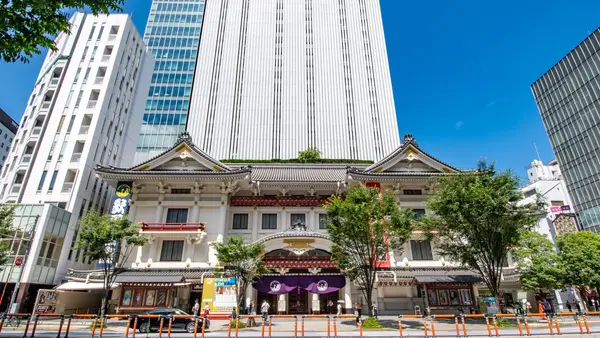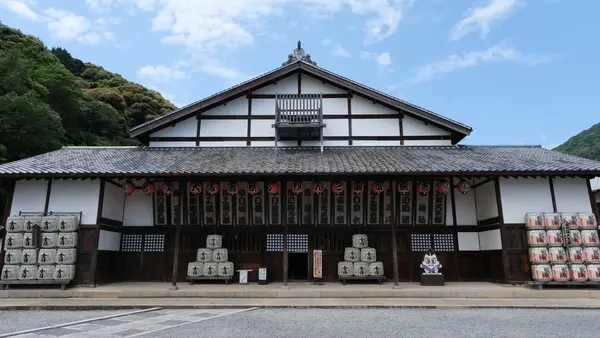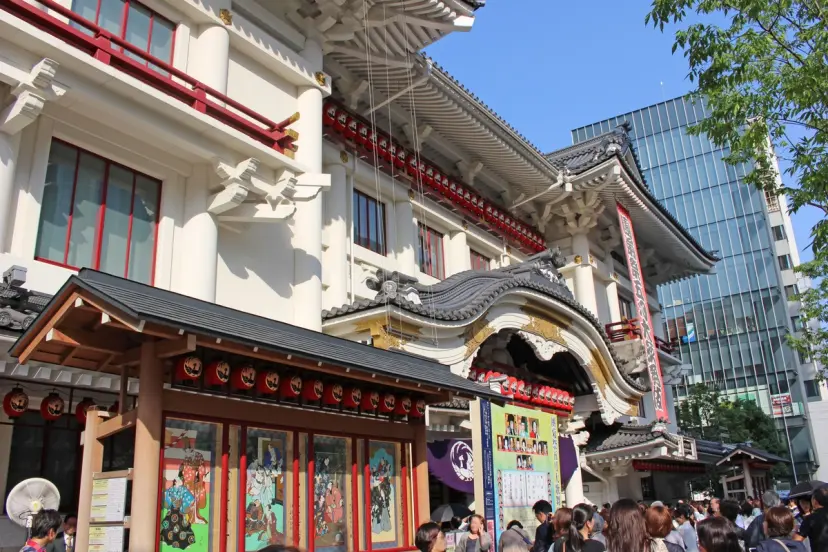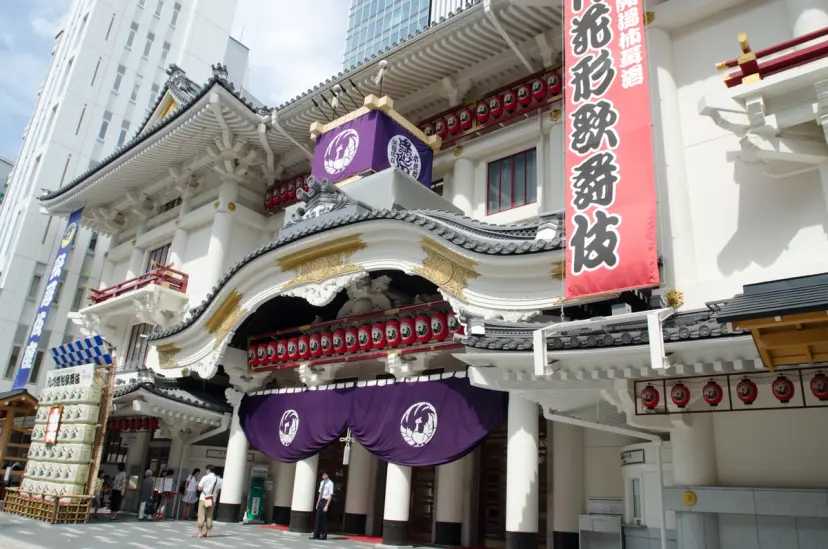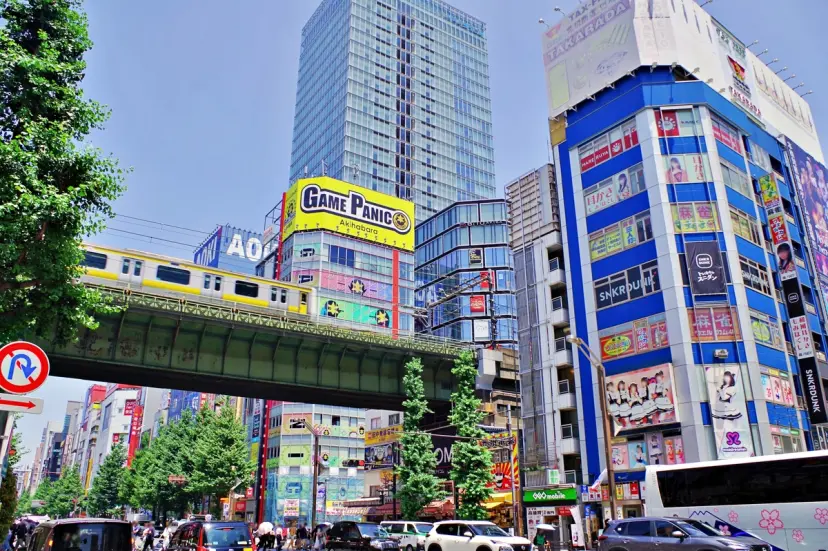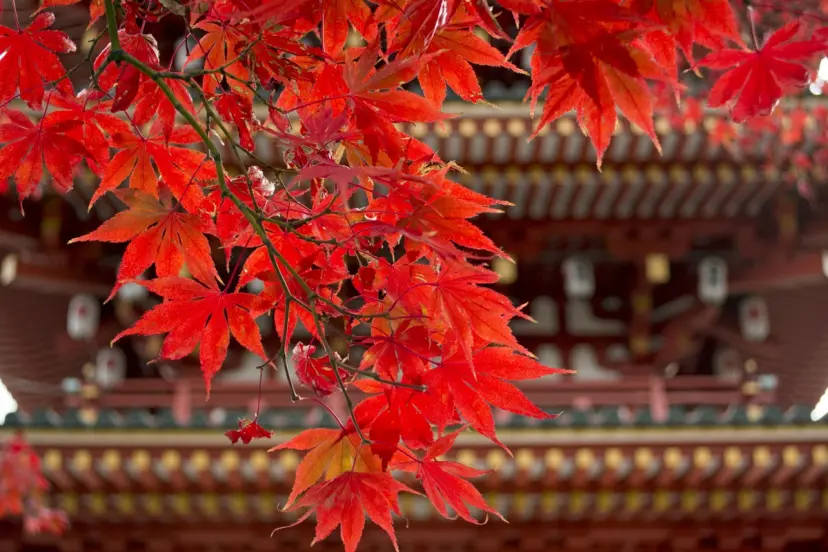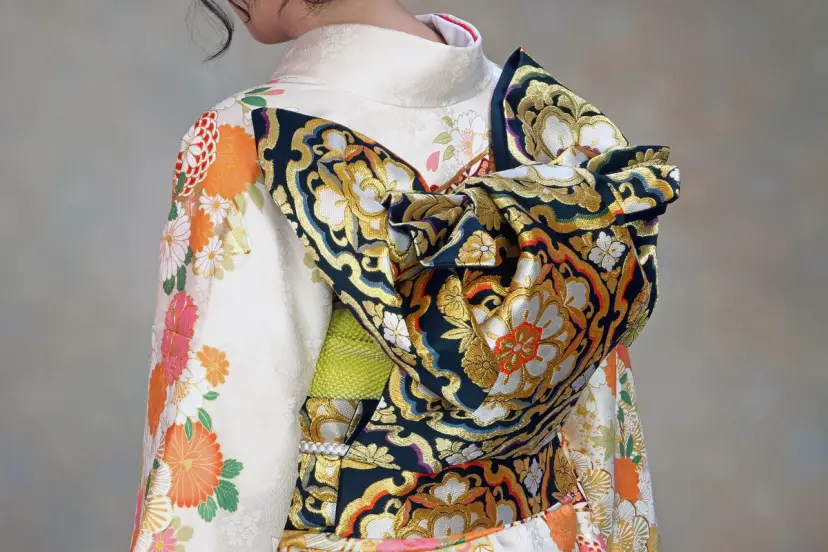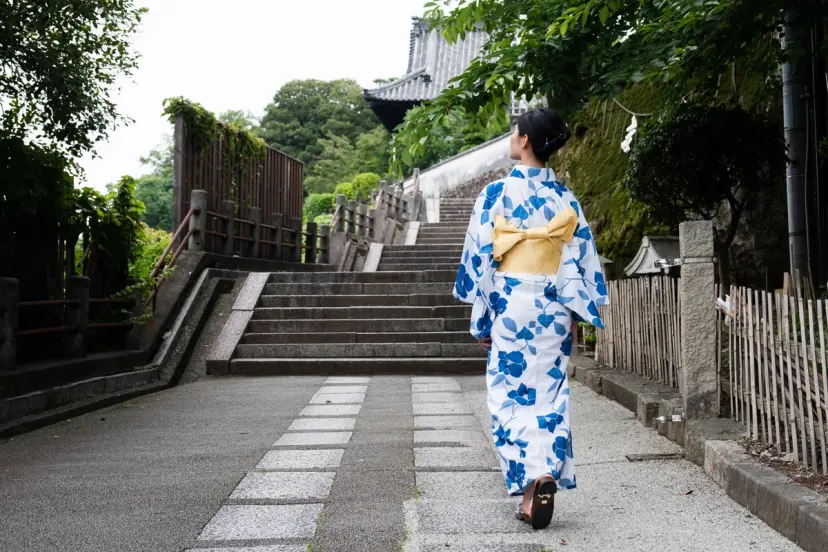The Origins And History of Kabuki

Sana Yoshida
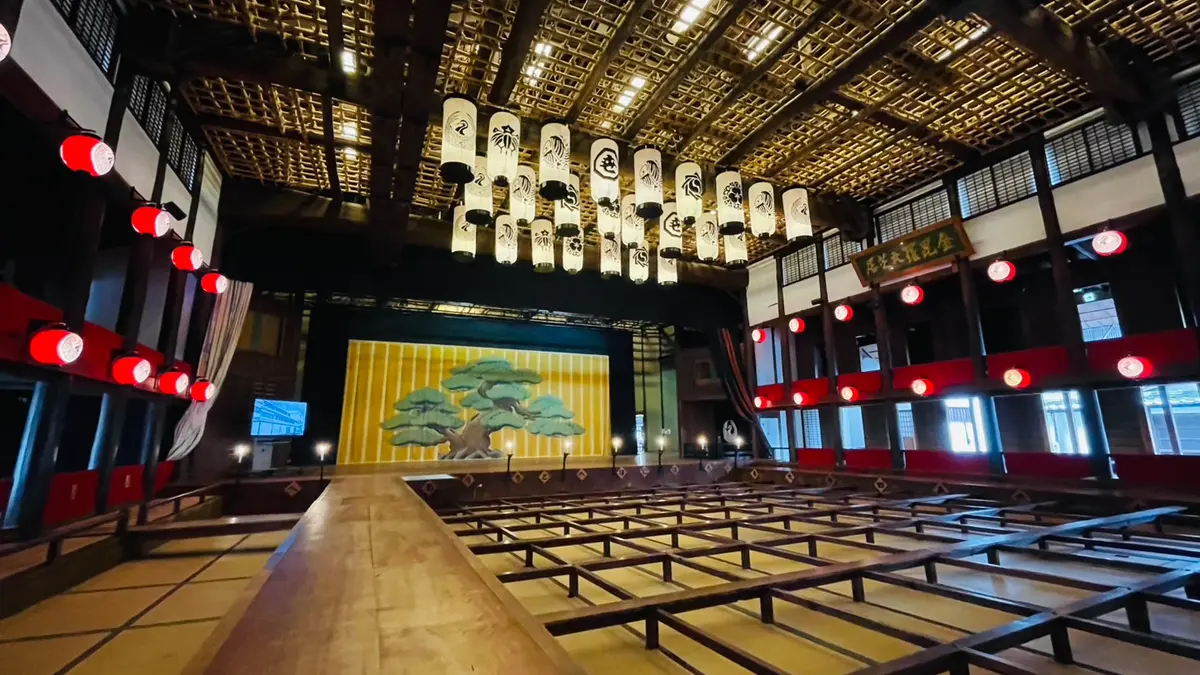
Kabuki, a traditional Japanese performing art, was inscribed as an Intangible Cultural Heritage in 2009 and is considered one of Japan’s signature arts. In this article, we briefly explain how kabuki began and how it developed over time.
Origins of Kabuki
Modern kabuki is performed exclusively by men, and the onnagata—male specialists in female roles—are celebrated for their refined, graceful beauty.
Yet kabuki began with a woman: Izumo no Okuni, who around 1603 performed dances known as “yayako-odori” and “kabuki-odori.” “Yayako” is Kansai dialect for “baby,” and is said to have been a small song-dance in which charming young girls wore ornate costumes. By contrast, “kabuki-odori” reportedly included sexualized scenes drawn from the tea-house amusements of the kabukimono.
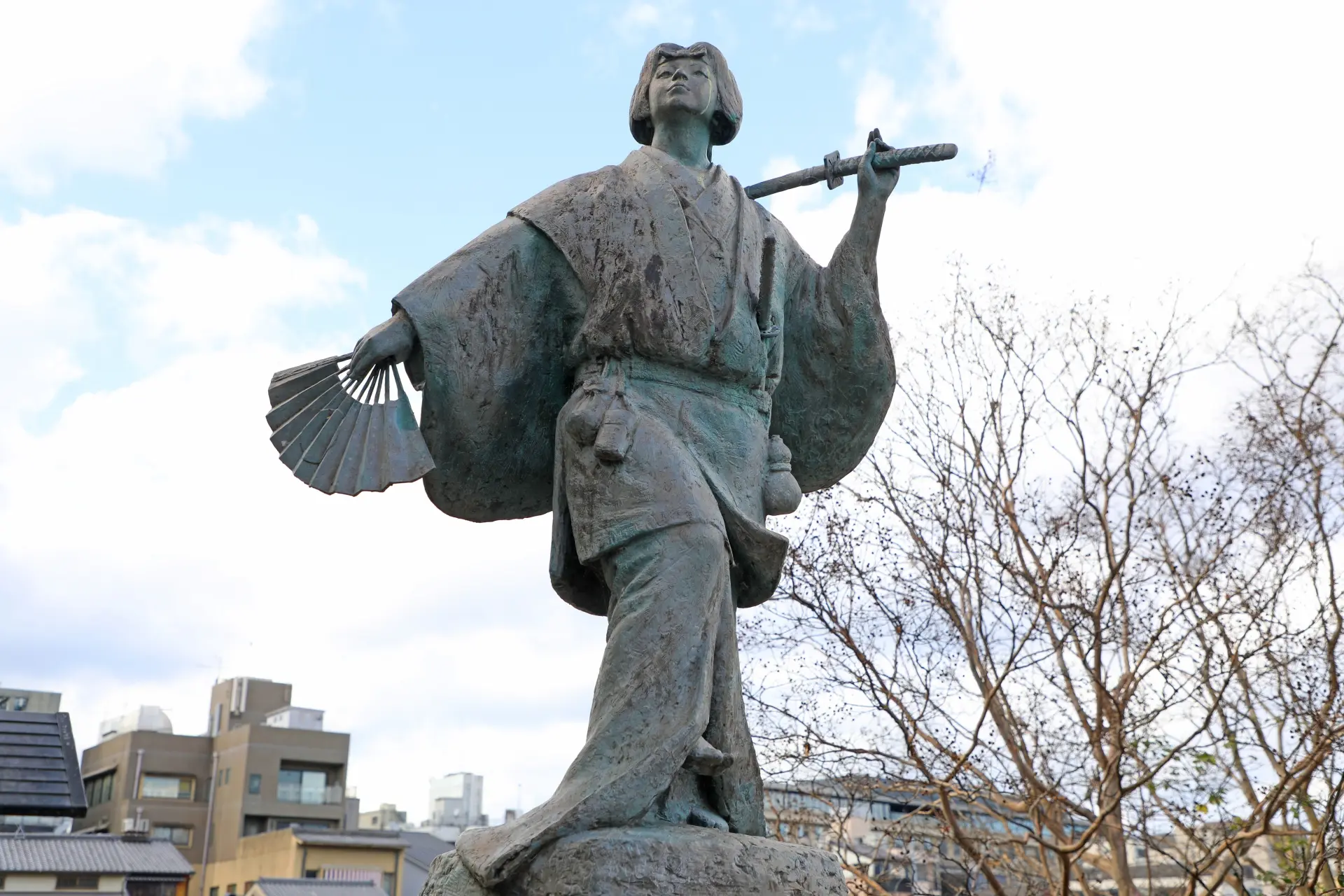
Izumo no Okuni
Who Were the 傾奇者 (Kabukimono)?
From the late Sengoku period into the early Edo period, people who favored flamboyant clothing and behavior far outside social norms were called Kabukimono (傾奇者). Though often involved in violence and disorder, they were also admired for loyalty to comrades and a fearless spirit. In today’s terms, you might picture the image of old-school, “hard-boiled” yakuza.
The shogunate’s crackdowns eventually drove the kabukimono out of sight, but their bold, rebellious aesthetic lived on. This spirit was inherited by what we now call kabuki theater. As kabuki evolved into a performing art, the original kanji 傾奇 (meaning “to deviate” or “lean off-center”) was replaced with 歌舞伎, meaning "song, dance, and performance"—a symbolic shift from outlaw defiance to artistic expression.
The Development of Kabuki
“Kabuki-odori” spread through brothels, and performances by adolescent boys—“wakashu kabuki”—also emerged. However, constant brawls and sword incidents over courtesans and young performers led the shogunate to ban them.
Up to this point kabuki had centered on song and dance, but in the Edo period, dramatic storytelling became more prominent. After “wakashu kabuki” was banned, kabuki was performed by adult male actors who shaved their forelocks in a style known as “yarō-gashira.” This new form of performance came to be called “yarō kabuki.”
Around this time, key figures such as the first Ichikawa Danjūrō, the first Sakata Tōjūrō, and Chikamatsu Monzaemon, a prominent kyōgen playwright emerged.
In 1644, an ordinance prohibited the use of real, contemporary personal names on stage. In 1703, following the Akō rōnin incident, dramatizing contemporary social disturbances was banned.
Because of this, kabuki and bunraku (puppet theater) often portray so-called "faction" stories—fictionalized accounts based on real people or historical events, with names and time periods altered.
Even within these constraints, between 1746 and 1748 the so-called Three Great Kabuki Plays—‘Sugawara Denju Tenarai Kagami,’ ‘Yoshitsune Senbon Zakura,’ and ‘Kanadehon Chūshingura’—were created and premiered.
(These premiered as puppet plays and were later adapted for kabuki.)
Kabuki Culture in Edo
Up to this point, kabuki had developed mainly in Kyoto and Osaka. In the Bunka–Bunsei era, however, Tsuruya Nanboku IV wrote works in Edo such as ‘Tōkaidō Yotsuya Kaidan’ and ‘Osome Hisamatsu Iro Yomihon (Osome no Shichi-yaku),’ igniting a major boom in Edo kabuki.
During the Tenpō Reforms, kabuki was targeted as a cause of moral decline, and theaters were also ordered to relocate because large playhouses were thought to fuel great fires in a city prone to conflagrations.
Yet when the Edo Sanza—the three licensed theaters (Nakamura-za, Ichimura-za, and Morita-za)—were brought together into a designated theater district, business stabilized.
Playwright Kawatake Shinshichi II (Mokuami) then produced masterpieces such as ‘Kosode Soga Azami no Ironui (Izayoi Seishin),’ ‘Sannin Kichisa Kuruwa no Hatsugai,’ and ‘Aoto Zōshi Hana no Nishiki-e (Shiranami Gonin Otoko).’
Kabuki in the Modern Era
At the height of its popularity, kabuki faced new interference in the Meiji era as the government sought to shape it into an art “fit for high-status people and foreigners,” even demanding the abolition of “made-up stories.” This effectively denied the playful spirit and values that had long defined kabuki, which had been barred from depicting current events and real people.
In response, actors led by Ichikawa Danjūrō IX created the genre of katsurekimono (“living history” plays). These works were based on historical fact, with researched costumes and props, and fewer lines and movements. While welcomed by some intellectuals, they were unpopular with the general public.
In 1886, the Engeki Kairyōkai (Society for the Reform of Theater) was founded to demonstrate Japan’s status as a modern, civilized nation, and in 1889 the Kabukiza opened. By the late nineteenth century, theaters began staging works by outside playwrights as well as in-house writers.
Hardship in the Wake of War
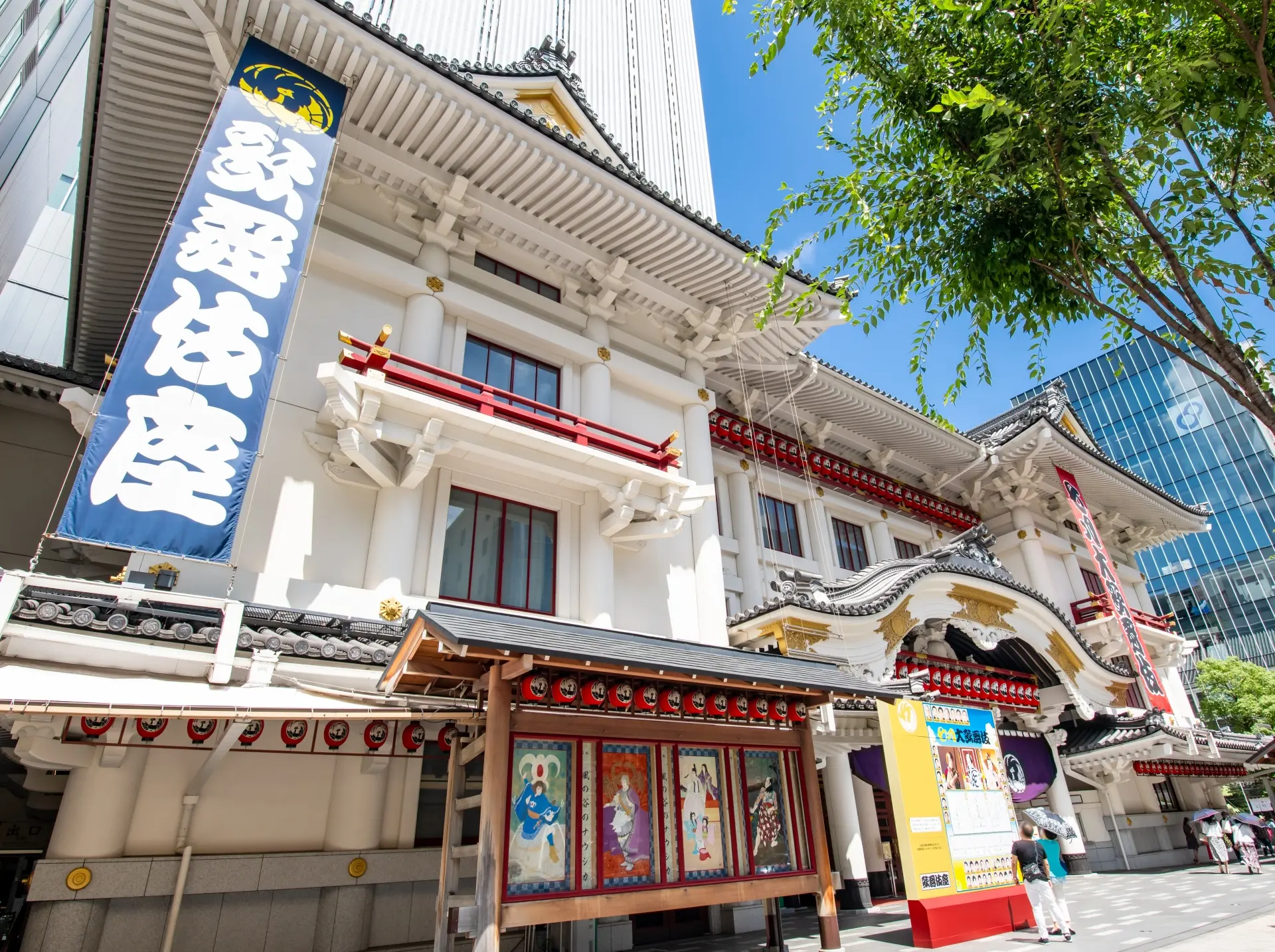
Kabuki-za
With the onset of World War II, kabuki again faced hardship through theater closures and restricted repertoires.
After the war, works containing elements such as “feudal loyalty,” “revenge,” and “affirmation of a class society” were banned, and plays including ‘Sugawara Denju Tenarai Kagami,’ one of the Three Great Kabuki, could no longer be staged.
How Kabuki Became Known Worldwide
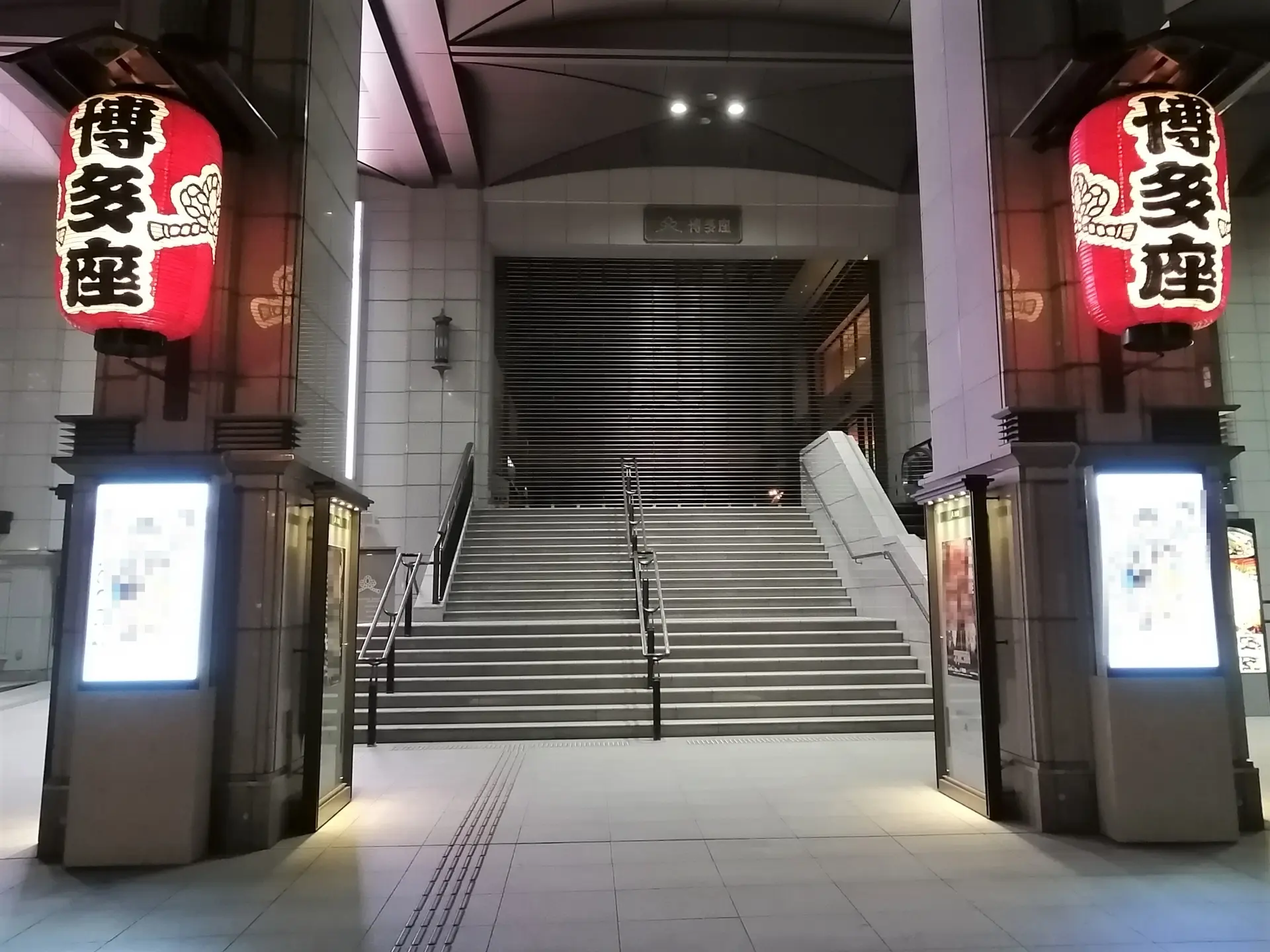
Hakata-za in Fukuoka
As living standards rose in the 1950s, demand for entertainment grew, but kabuki was no longer at the center of popular amusement. Actors broadened their activities into film and television and began performing abroad, helping kabuki gain worldwide recognition.
In 1965, Kabuki was designated as an Important Intangible Cultural Property, which led to regular performances being held at the National Theatre. This also spurred the opening of venues such as the Osaka Shochiku-za and the Hakata-za in Fukuoka.
Innovations like “Super Kabuki,” which adds new staging ideas, emerged as well. Blending tradition with contemporary elements, kabuki has continued to earn high acclaim in Japan and overseas.
Conclusion
This article has offered a brief overview of kabuki’s history.
Having overcome many challenges to become one of Japan’s representative performing arts, kabuki is best experienced in person—do consider seeing a performance when you have the chance.
- Related Links
Cultural Digital Library (Japanese)
